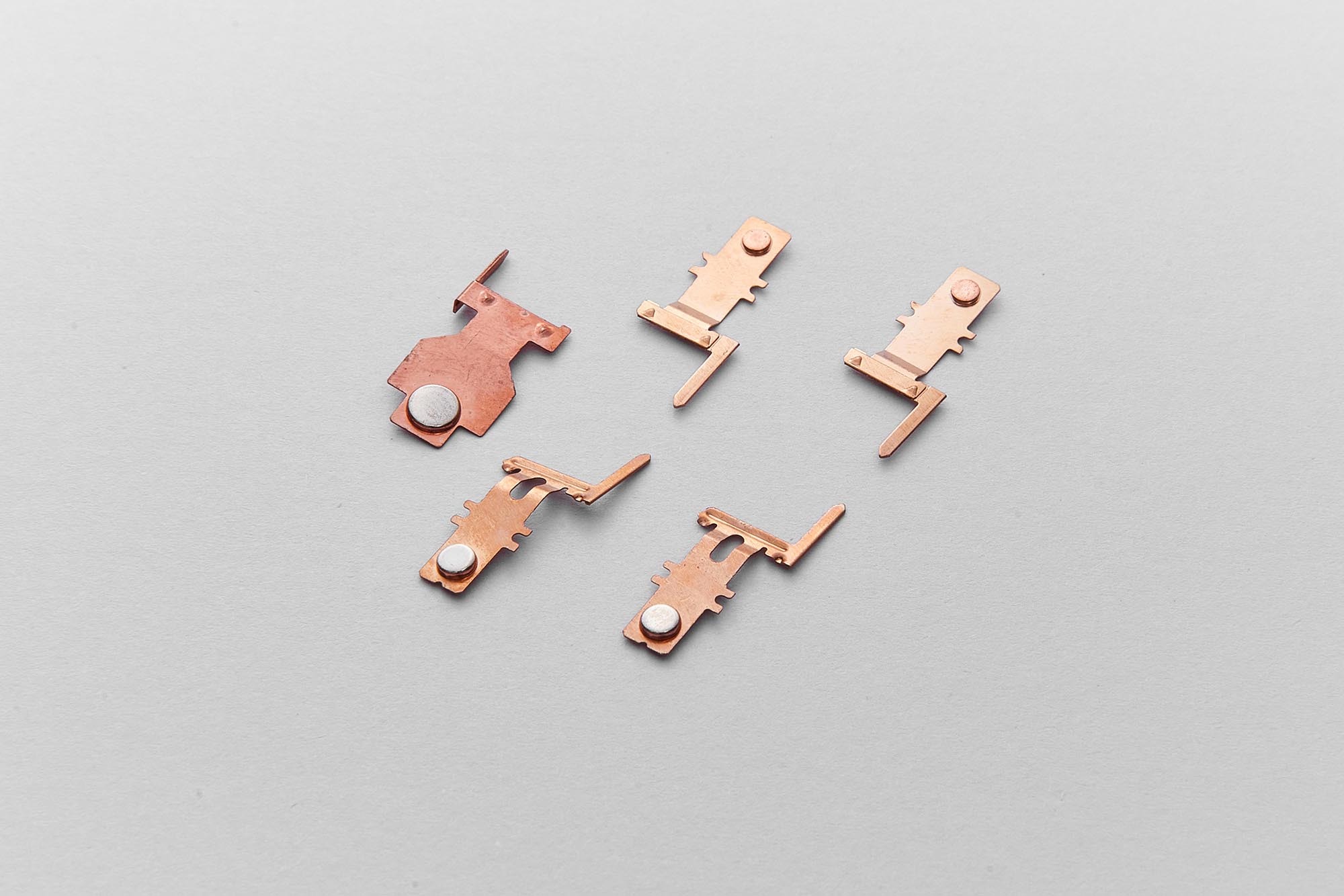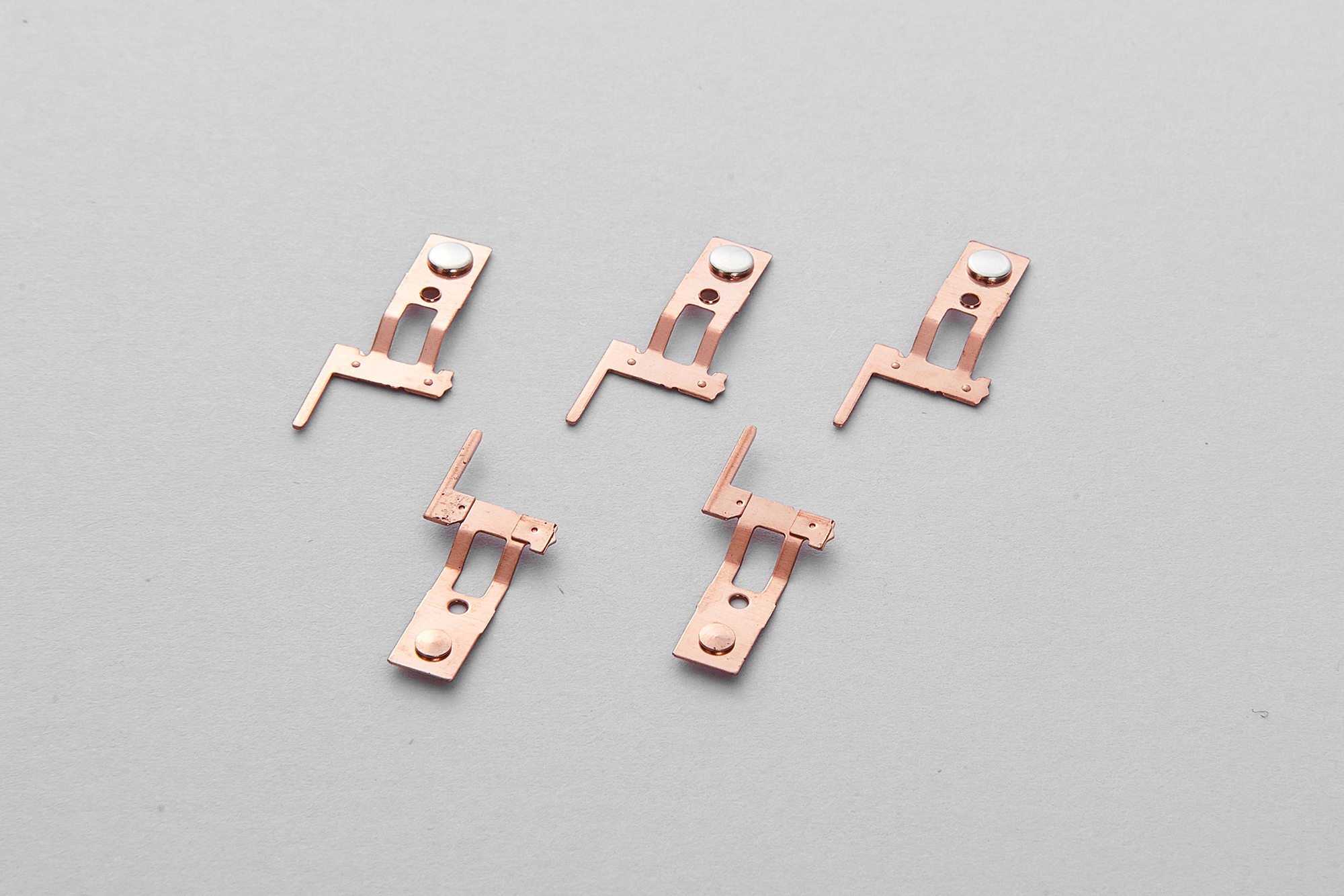A contact assembly refers to a device that combines multiple contacts into a single unit to establish or interrupt electrical connections in electrical equipment and circuits. Contact assemblies typically consist of multiple individual contacts, supporting structures, and connecting components, possessing more complex functionalities and a wider range of applications. Contact assemblies play a crucial role in various fields, such as relays, circuit breakers, switches, and more. Below, I will provide a detailed introduction to the working principle, structure, performance characteristics, and applications of contact assemblies.
Working Principle:
The working principle of a contact assembly is basically similar to that of a single contact, both utilizing materials with good conductivity to establish or interrupt electrical connections under the action of external pressure or electromagnetic force. The difference lies in that a contact assembly integrates multiple contacts that work in coordination through complex supporting structures and connecting components. When external pressure or electromagnetic force is applied, the multiple contacts of the contact assembly move simultaneously, ensuring stable electrical connections.
Structure:
A contact assembly typically consists of multiple individual contacts, supporting structures, and connecting components. Each contact is made of conductive material, and the supporting structures and connecting components, which are connected together, ensure that they can move simultaneously when subjected to external forces. The structural design of the contact assembly is aimed at providing higher reliability, more stable electrical connections, and a longer service life.
Performance Characteristics:
Complex Functionality: The contact assembly integrates multiple contacts, possessing more complex functionalities and enabling a wider variety of operation modes.
High Reliability: With multiple contacts working in synergy, it offers higher reliability, reducing issues caused by single-point failures.
Stable Electrical Connection: The contact assembly utilizes materials with good conductivity to ensure a stable electrical connection, avoiding open circuits or poor contact.
Durability: The contact assembly exhibits good durability, capable of enduring frequent operations without losing its electrical connection state.
Applications:
Relays: Contact assemblies are widely used in various relays to control current transmission and switching operations.
Circuit Breakers: In circuit breakers, contact assemblies are utilized to interrupt circuits, ensuring circuit safety and stability.
Switches: Contact assemblies are also commonly used in various switches, such as power switches, push-button switches, etc.
Automation Equipment: In automation equipment, contact assemblies are employed to control various actions and sensors.
Overall, as important components in electronic devices and circuits, contact assemblies possess complex functionalities and a wide range of applications. They are reliable, stable, and durable, suitable for various application scenarios.










